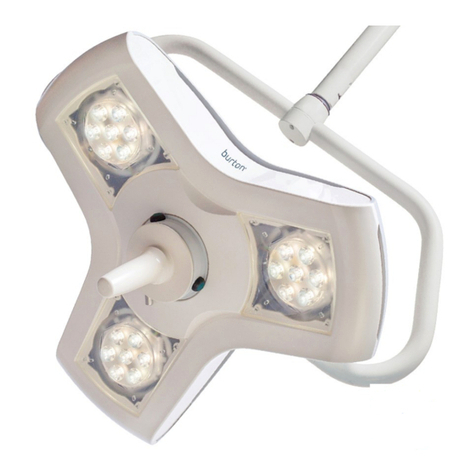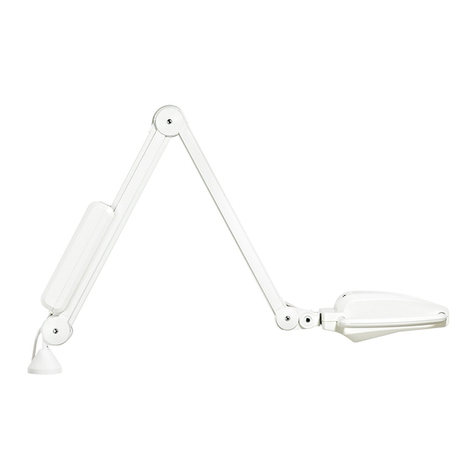
2 AIM-50™ Installation Manual −Double Ceiling Version 5000147 A01
Table of Contents
Table of Contents....................................................................................................................................... 2
Introduction ................................................................................................................................................. 3
Symbols Used in This Manual............................................................................................................ 4
Transportation and Storage............................................................................................................... 4
Safety Precautions................................................................................................................................ 4
Assembly Preparations........................................................................................................................ 4
Support and Anchorage...................................................................................................................... 5
Mounting Height................................................................................................................................... 5
Range of Motion ................................................................................................................................... 6
Unpacking and Inspection................................................................................................................... 7
Double Ceiling Version Installation ........................................................................................................ 8
Ceiling Support Structure .................................................................................................................. 8
Installing the Junction Box.................................................................................................................. 8
Installing the Ceiling Casting.............................................................................................................. 8
Installing the Down Tube ................................................................................................................... 9
Connecting Power ............................................................................................................................. 11
Installing Wall Switch......................................................................................................................... 13
Installing the Extender Arms with Spring Arm............................................................................ 14
Mounting the Light Heads ................................................................................................................ 15
Final Testing ....................................................................................................................................... 17
Adjusting Arm Tension..................................................................................................................... 17
Cutting the Down Tube ................................................................................................................... 17
Static Inspection ................................................................................................................................. 18
Declaration of Acceptance............................................................................................................... 18
Equipment Anchorage Diagrams ................................................................................................... 19
This manual contains detailed information on the above, but responsibility for effective installation
ultimately rests with skilled and qualified contractors. Products should at all times be handled by
qualified staff; it is the responsibility of the user to ensure this is the case.































